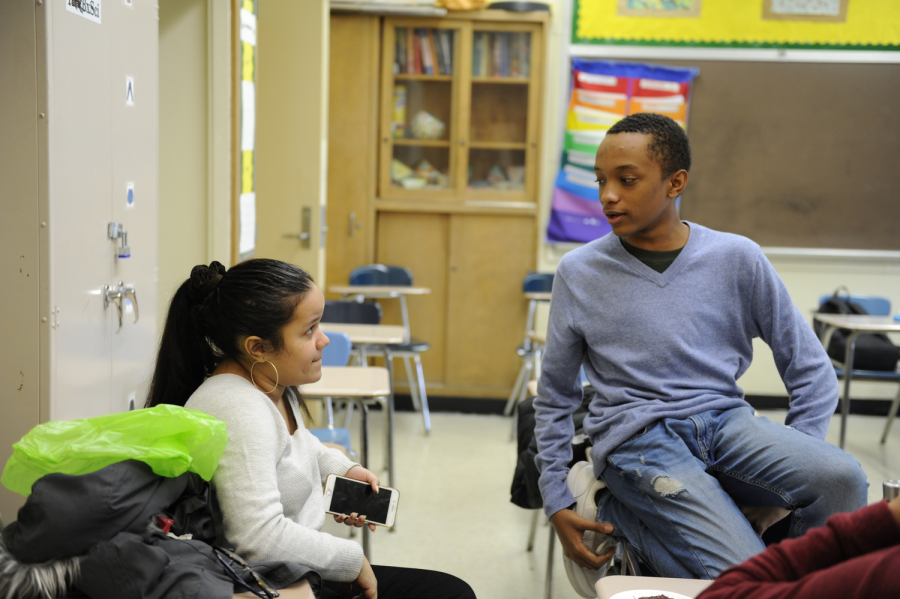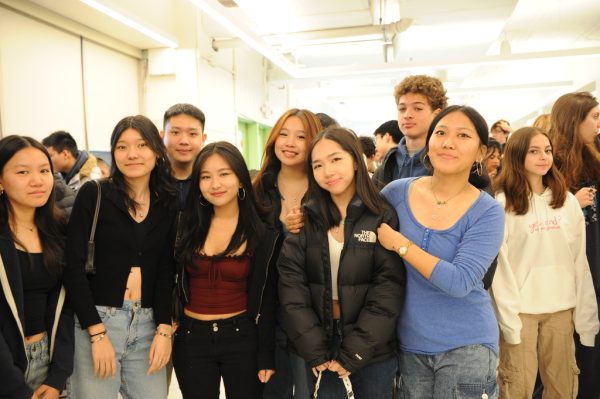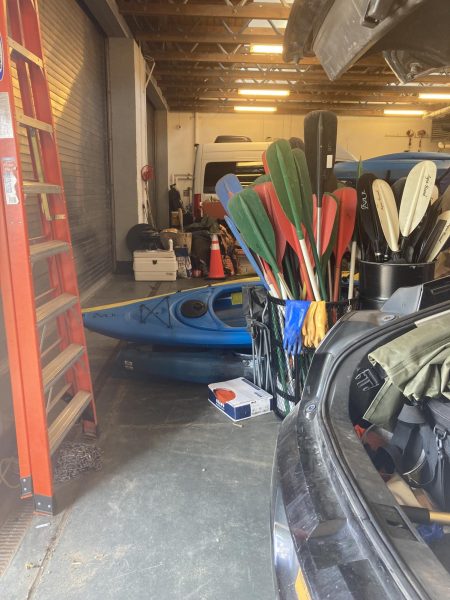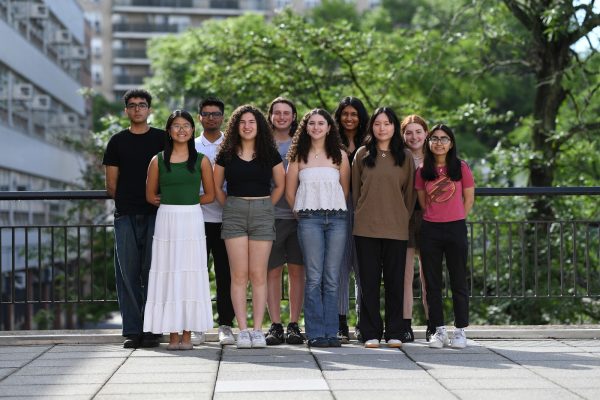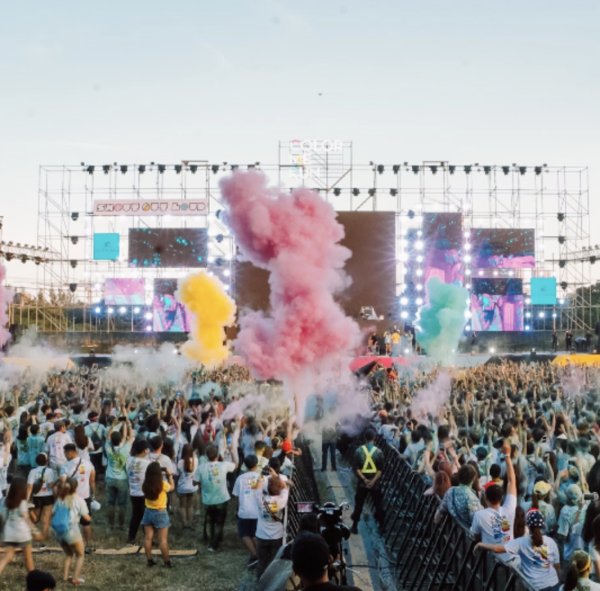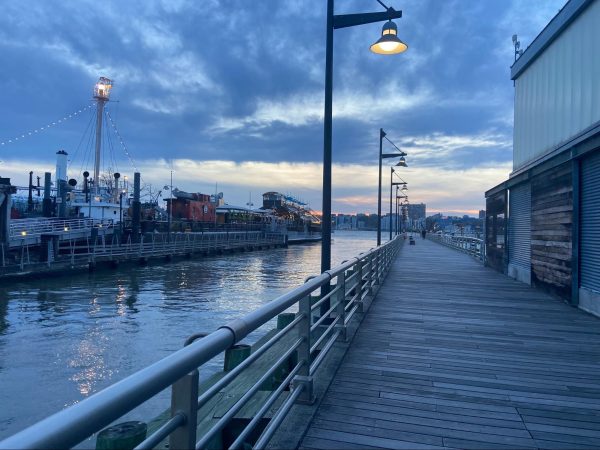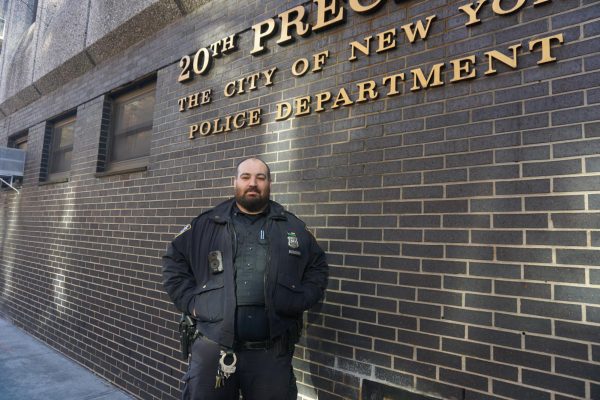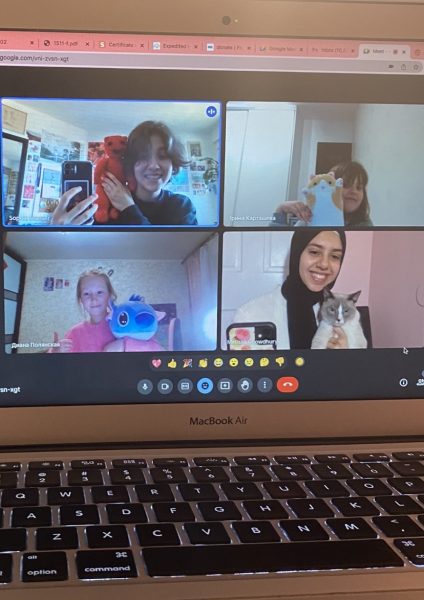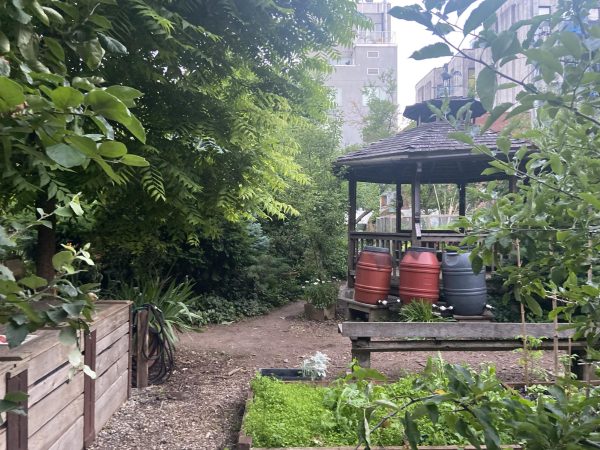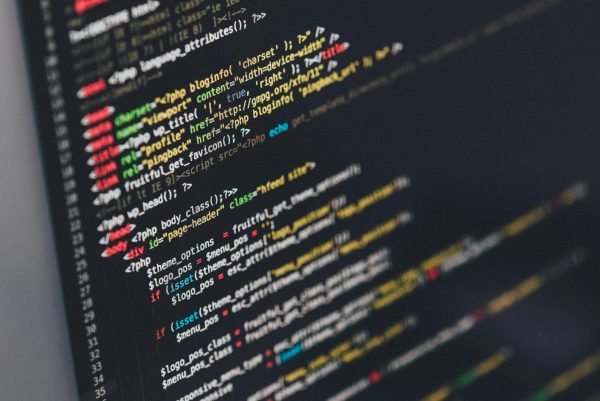To Whom It May Concern
Eldisa Rosario and Maurice Burbridge enjoy their visits to Vivo Latino. “At Vivo we are a close family,” said Rosario. “Our president creates a safe environment where everyone is welcome. It’s the club I look forward to all week.”
The issue of race has swept across the country and into our most prestigious high schools. According to The Public School Review, only 5% of Bronx Science’s current student population consists of Hispanic students and only 2% are African American. For the incoming September 2019 class, Stuyvesant has only accepted 7 African American students out of 895 open spots, a drop from the numbers in years prior (The New York Times’ ‘Only 7 Black Students Got Into Stuyvesant, N.Y.’s Most Selective High School, Out of 895 Spots’).
This data is disturbing considering that 66.5% of around 1.1 million students enrolled in New York City high schools are African American and Hispanic (New York Department of Education, ‘DOE Data at a Glance’). Specialized high school demographics are a clear under-representation of our New York City population. For students of color in specialized high schools, it can be a challenge to see and to appreciate the contributions that their cultures make to their own society. How they choose to deal with these issues has proved to be both respectable and influential.
The issue of inclusion is one that the BOSS/WIS and Vivo Latino after-school clubs address; these clubs celebrate the cultures of African Americans and Hispanics, respectively. “From what I see, my friends enjoy seeing the differences in how our families operate when it comes to certain things. Being able to share these ideas and have conversations about them makes me happy; it allows me to understand how my family functions from a first-hand perspective, and enables my friends to do the same,” Juliet Fleischer said, a first generation Ghanaian-American. This feeling of interest and appreciation is exactly what clubs like BOSS/WISS and Vivo Latino strive to instill and protect in our student body.
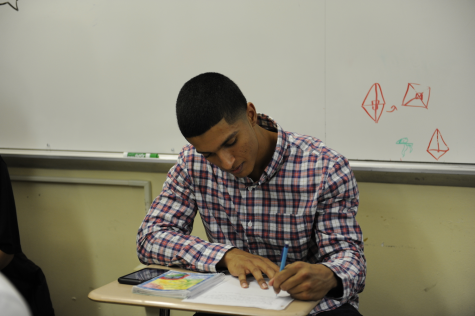
Jeffrey Rodriguez ’20 completes his classwork to a very high standard.
Isabel Betances ’20, a Hispanic American with a Puerto Rican and Dominican background, has felt firsthand the effects of the club Vivo Latino on herself and upon her fellow students.
Betances argues that “the number of African-Americans and Latinos in our school is a terrible underrepresentation of New York City’s population.” She also takes note that, “while our numbers are small, Bronx Science definitely gives us plenty of opportunities to connect with members of the same or different cultures. I’ve been attending Vivo Latino meetings recently, a club started with the intent of bringing Hispanics together, and not only am I able to meet other Latinos, but I am also able to share my culture with students of other races and ethnicities who are also members of the club.”
“I am glad to say that I have experienced a positive merging of cultures at Bronx Science.”
Although there is not a large amount of representation seen in our student body, students like Baboucarr Gaye ’20 take that matter into their own hands.
Gaye, Secretary of our Student Organization as well as a participant in Model United Nations and the Muslim Students’ Association, is the son of two West Africans. His parents were born in a small country called The Gambia. Traveling to the United States when they were only teenagers, they sought to formally educate themselves in United States colleges as well as start a family. Gaye was raised in New York in a neighborhood without many people of color.
Going into the fifth grade, however, Gaye and his family moved to an area where there were more people who looked like him. “It was almost bizarre to me, then, to be surrounded by so many people who looked like me but didn’t speak or act the way that I was brought up to,” said Gaye. However, coming into Bronx Science, Gaye was content with the representation that people of his background received at our school. “For a group that makes up less than a tenth of the overall school population, I would say that African-Americans and Hispanic Americans are greatly represented here and presented with a plethora of opportunities at Bronx Science,” he said.
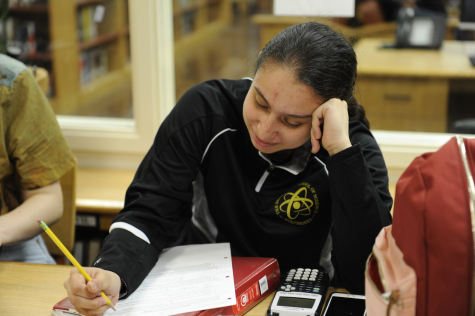
A Puerto Rican from the Bronx, Christina Satina ’19 said, “One of the reasons that I love Bronx Science is because of how accepting people are of other ethnic groups and racial backgrounds.”
“This is evidenced from the clubs that allow us to gather and to discuss our experiences and perspective through such a unique and personal lens, to the curriculum that features prominent figures in our history like Sojourner Truth and Simon Bolivar.”Tiffany Chyke Okpuzor ’19, a Bronx Science student of Nigerian descent, noted, “I have experienced a positive merging of my culture with other cultures of my friends because they are interested in learning about my culture, and I am interested in learning about their cultures.”
Gabriela Gaddam ’20 said, “I am glad to say that I have experienced a positive merging of cultures at Bronx Science. I am the president of the Hispanic/Latino culture Vivo Latino. It is a way for Hispanics and Latinos to keep in touch with their culture at school and for people who are not of that origin to learn more about our culture. We meet every Wednesday in Room 110 after SGI, so those interested should definitely come. Everyone is welcome.”
From within the very heart of Bronx Science, our students of African-American and Hispanic descent help to instill an interest in and appreciation of their cultures throughout the student body, through clubs such as BOSS/WISS and Vivo Latino and through their own interactions with their peers. As Joy Herrera ’20 said, “I know that when I talk about my culture with friends of other cultures in this school they’re genuinely interested, which is great because they compare it to their culture and experiences, and we both learn more.”
Kaitlyn Romanger is an Editor-in-Chief for ‘The Science Survey’ as well as a Groups Reporter for ‘The Observatory’. She interviews students, coaches,...
Arona Islam is a Senior Staff Reporter for ‘The Science Survey’ and the Editor-in-Chief for ‘The Observatory.’ Journalism has become a passion...
Daniela Castro is an Editor-in-Chief of the ‘The Science Survey’ and a Reporter for the People Section in the Bronx Science Yearbook, ‘The Observatory.’...

